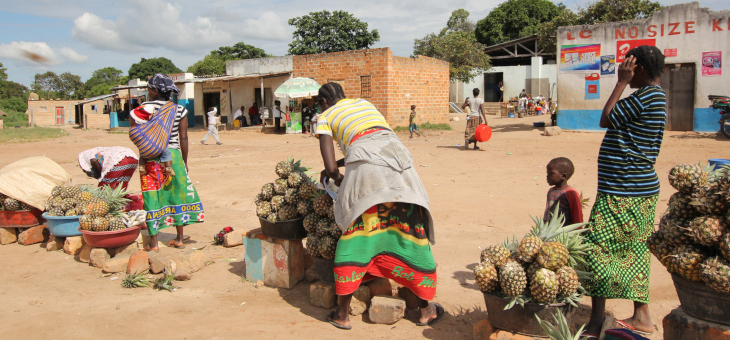Zambia: Moving towards another debt crisis

A crisis emerged in 2015 and incited gradual downgrades of Credendo’s political risk classifications
In 2015, a sharp fall in international copper prices coincided with an unexpected change of political power. Under the current president, Edgar Lungu, the country drastically changed course, with a more autocratic leadership and reckless policy decisions that plunged it slowly but surely into a crisis. Zambia’s financial and economic position deteriorated and induced gradual downgrades of Credendo’s political risk classifications from a favourable category 3/7 for short-term political risks and 5/7 for medium-to-long term political risks in 2014, to category 6/7 for both in 2019.
Despite a sharp increase in public investment spending since 2014, real GDP growth has been limited, at around 3% over the past 5 years, far below the 6% average attained between 2003 and 2013. Over the coming years, real GDP growth is expected to remain below 2%, an insufficient level to keep up with the population growth, thus causing a drop in GDP per capita. Periods of severe drought in 2015-16 and 2018-19 also weigh on economic growth as they result in lower agricultural production and constrain hydropower generation. The kwacha has depreciated 100% against the US dollar since 2014 (20% over the past year) as a result of weakened fundamentals and loss of investor confidence. The rising inflation (expected to reach 12% by the end of 2019) caused by higher food prices and exchange rate pressures incited the central bank to pull up the lending rate to 10.25%.

Government default is in the cards while declining liquidity strains the balance of payments
In 2018, Zambia’s sovereign bonds became the worst performers in the world and, with investors pulling out, capital outflows increased drastically. Moreover, the copper sector (accounting for 67% of export revenues) is being confronted with severe tax increases and seizure attempts by the government, plummeting export returns. Accordingly, foreign exchange reserves came under pressure and the import cover reached its 15-year low in June 2019 (1.3 months). Following years of outsized external borrowing, financial needs are extensive and contribute to large financing shortfalls on the balance of payments. Consequently, the downward trend in foreign exchange reserves is likely to continue in the coming years while erratic policy decisions and corruption scandals render the conclusion of an IMF programme to help face the financial crisis rather unlikely.
Lungu’s government has continued to pursue unsustainable borrowing plans for a series of debt-financed infrastructure projects. As a result, the 2019 budget deficit is expected to reach 9% of GDP again (10.7% in 2018) and domestic government payment arrears are accumulating. Total government debt went from merely 35.6% of GDP in 2014 to an estimated 91.6% of GDP in 2019 (largely non-concessional) and is set to further rise to 98% by 2021 without debt treatment or large consolidation efforts (see graph). Under the current policies, marked by the lack of efforts towards fiscal soberness, the country is heading towards a public debt crisis, only 13 years after large debt waivers were granted under the HIPC (Heavily Indebted Poor Countries) initiative. Zambia has been trying to extend the maturities of its Chinese loans to lower the debt service burden, but the required fiscal adjustments to actually prevent debt distress will be politically difficult to introduce in the run-up to the 2021 elections. Moreover, worries over undisclosed deals and possible handovers of state assets to China in exchange for debt relief are other causes of concern. Consequently, Credendo’s outlook for Zambia remains tilted to the downside.
Analyst: Louise Van Cauwenbergh – l.vancauwenbergh@credendo.com